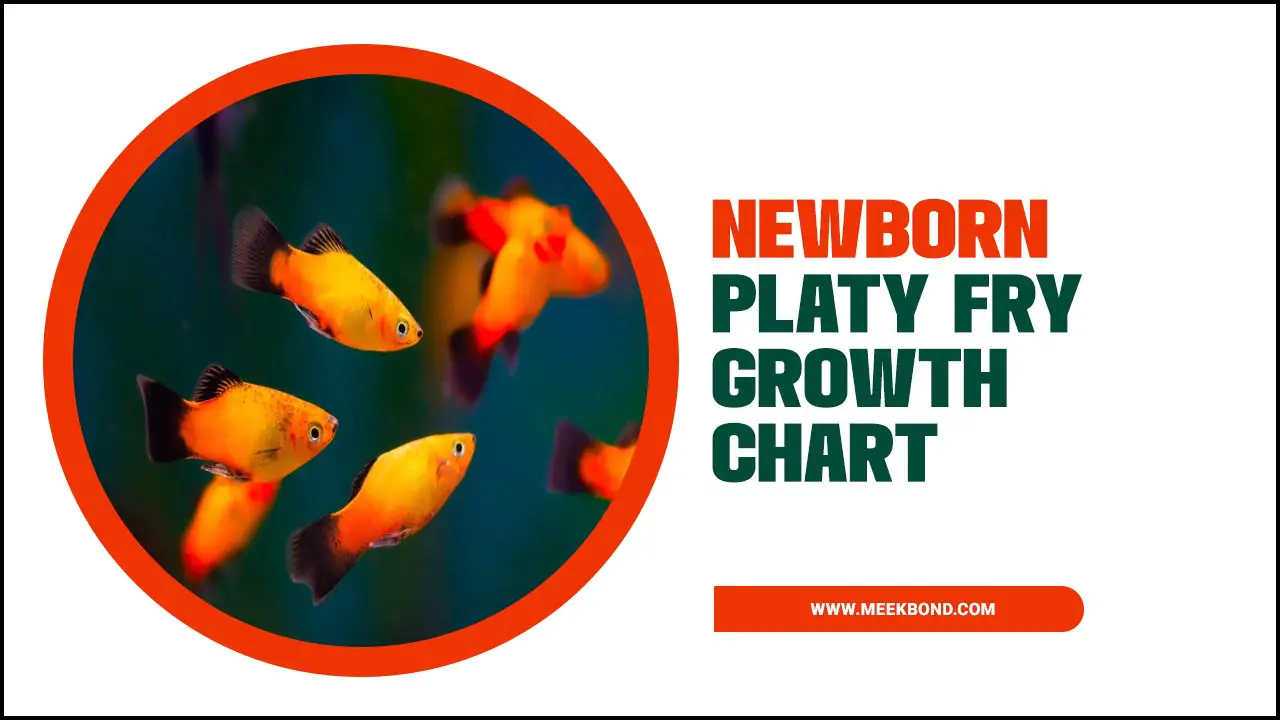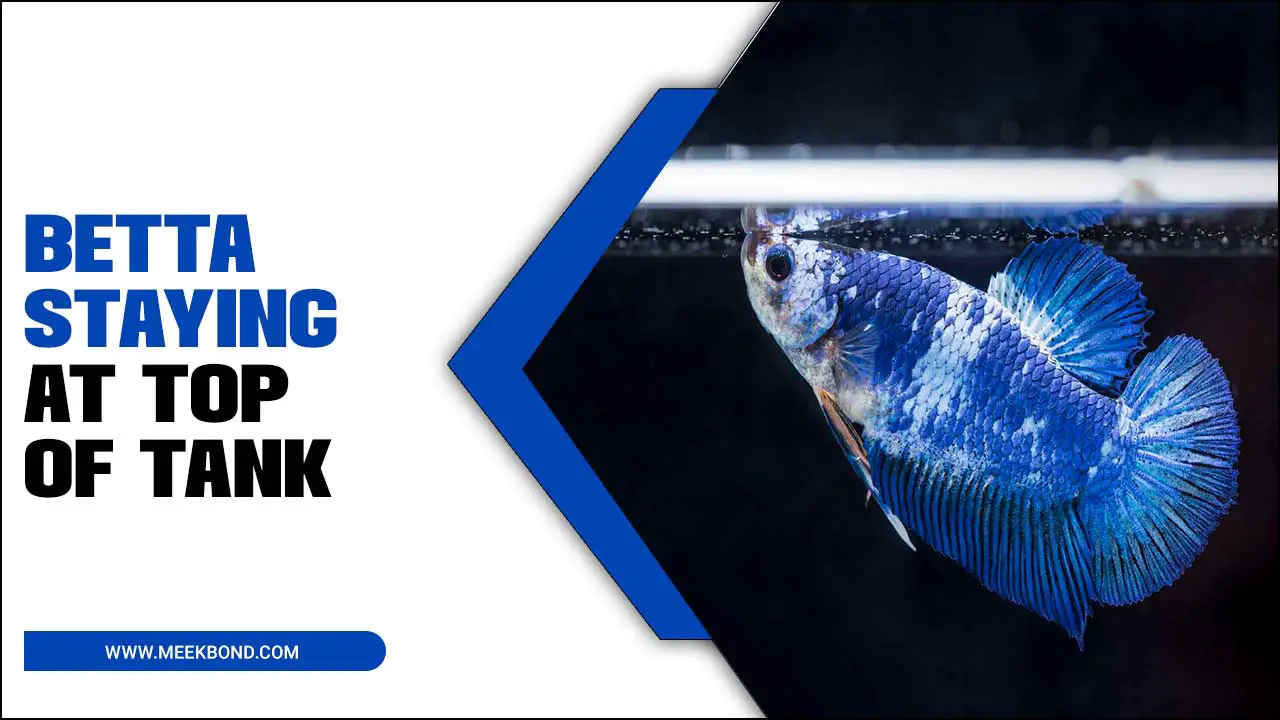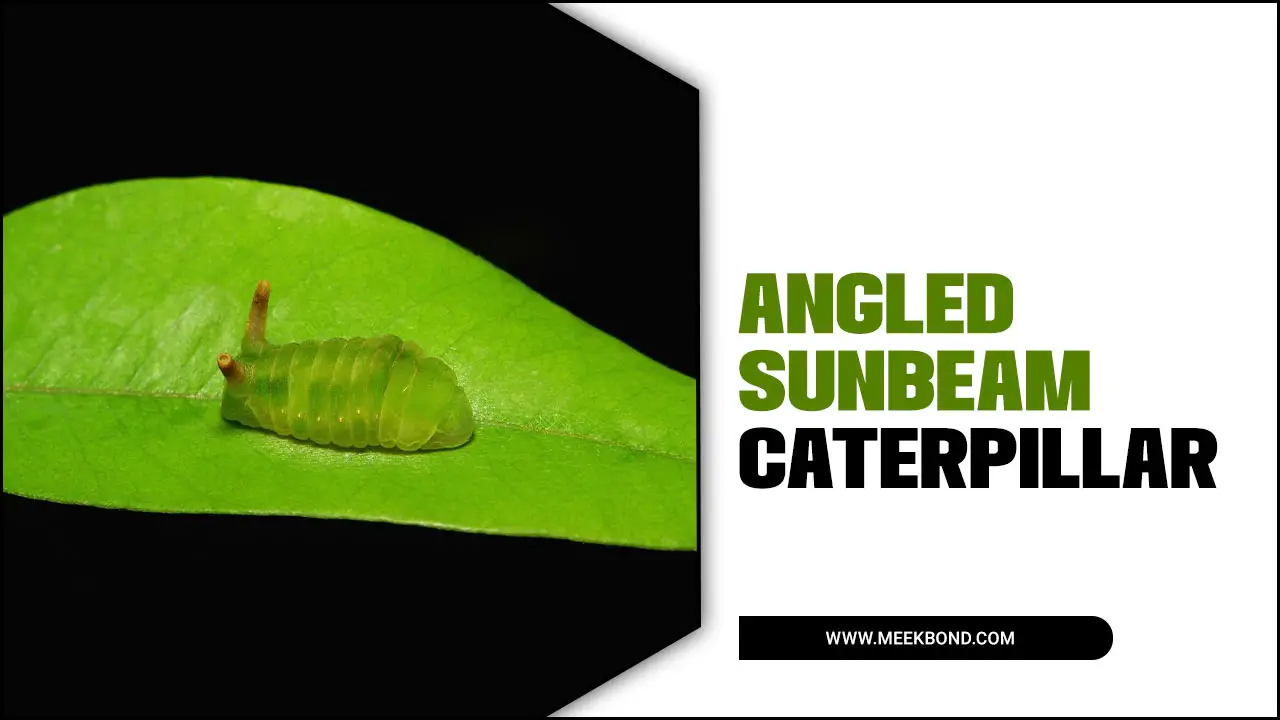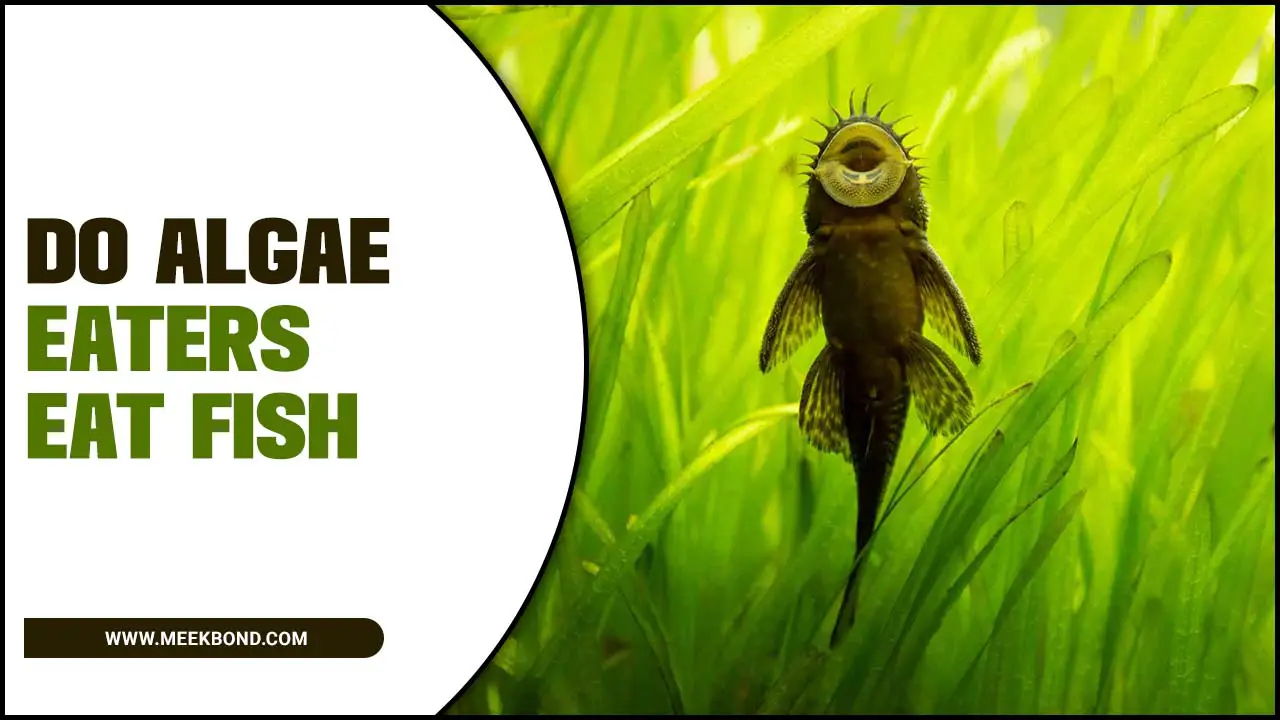If you’re one of the lucky ones with a koi pond in your backyard, you probably spend a lot of time admiring your fish as they swim around and play. Koi are beautiful, hardy fish that can live long with proper care. Here are some tips on how to keep your koi pond healthy and your fish happy:
- Keep the water clean. Koi are very sensitive to water quality, so keeping the pond clean is important. Test the water regularly and do a partial water change every week or two.
- Feed them well. Koi are omnivorous and need a variety of both plant and animal-based foods. A good quality koi food will provide all the nutrients your fish need.
- Protect them from predators. Herons and other predators can decimate a koi pond in no time, so protecting your fish is important. Netting over the pond is the best solution, but you can also try erecting a fake heron or placing a scarecrow nearby.
- Keep an eye on the weather. Koi are cold-blooded creatures and can’t tolerate temperatures below 50 degrees Fahrenheit. If the weather is going to be cold, make sure to bring your fish inside or at least provide them with a heated pond.
With a little bit of care, your koi pond can be a beautiful and relaxing oasis for

What Are The Steps For Starting A Koi Pond?
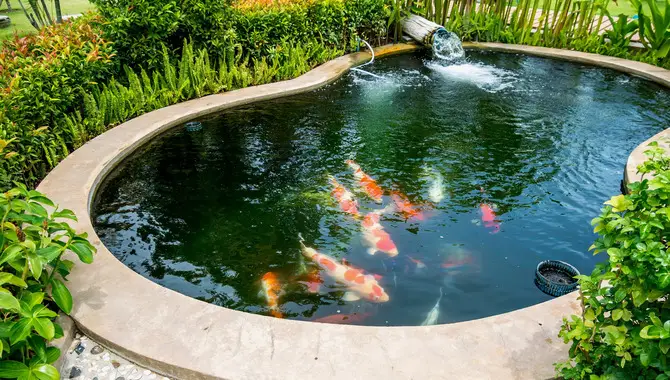
A koi pond is a wonderful addition to any home, and the steps for starting one are quite simple. Here’s a quick rundown of what you need to do:
- Choose the perfect location. Your koi pond should be in a spot with plenty of sun and away from trees or shrubs that could drop leaves into the water.
- Dig the hole. The size of your pond will depend on how many koi you want to keep, but a good rule of thumb is to dig a hole about 6 feet wide and 2 feet deep.
- Line the hole. Once you’ve dug the hole, line it with a pond liner to help prevent leaks.
- Add a pump. A pond pump is necessary to keep the water circulating and to oxygenate it.
- Put in some plants. Koi ponds need aquatic and marginal plants to help keep the water clean and provide hiding places for the fish.
- Add your koi. Now it’s time to add the stars to the show – the koi! Choose about 6 inches long fish, and add them to the pond one at a time.
You can have a beautiful koi pond in your backyard with just a few simple steps.
How To Properly Feed Koi?

Koi are fish that are often kept in ponds as pets. They are a type of carp and originally came from Asia. Koi are known for their brightly colored scales, ranging from white to black.
Koi are not picky eaters and will eat just about anything. However, feeding them a diet high in protein and low in fat is important. Koi pellets are a food specifically for koi and can be found at most pet stores.
Start by scattering the pellets across the water’s surface to feed the koi properly. Do not overfeed them; koi can become obese if they eat too much. It is also important to keep the pond clean, as dirty water can lead to health problems for koi.
What Are The Water Quality Parameters For A Koi Pond?
Koi are fish often kept in ponds and require specific water quality parameters to thrive. The main water quality parameters important for koi are pH, ammonia, nitrites, and nitrates.
pH measures the acidity or alkalinity of the water, and koi prefer slightly alkaline water with a pH of 7.0-8.5. Ammonia is a toxic compound produced by decomposing organic matter, and koi are very sensitive to even low ammonia levels.
Nitrites are toxic compounds produced by decomposing organic matter, and koi are sensitive to nitrites. Nitrates are not as toxic to koi as ammonia and nitrites, but high levels of nitrates can cause problems such as stunted growth.
The best way to maintain the proper water quality parameters for a koi pond is to test the water and regularly adjust as needed. There are many different types of test kits available that can be used to test the water quality parameters of a koi pond. It is also important to have a filtration system to help remove ammonia, nitrites, and nitrates from the water.
How To Winterize A Koi Pond?

- Stop feeding the fish. They don’t need to eat as much in the winter, and overfeeding can pollute the water.
- If you have a waterfall or fountain, turn it off, and the water is drained. Water can freeze and damage the pump.
- Cover the pond with a net to remove leaves and debris.
- Check the oxygen levels and pH of the water. If they get too low, the fish can suffocate.
- If the pond is shallow, consider moving the fish to a deeper one. Shallow ponds are more likely to freeze solid.
- Keep an eye on the weather. If a cold snap is coming, ensure the pond doesn’t freeze. A hole in the ice can let in deadly cold air.
Conclusion
Koi ponds are a beautiful addition to any home; with proper care, they can be a wonderful source of relaxation and enjoyment. Koi are relatively easy to care for, and with a little effort, you can create a healthy environment for your fish.
Hopefully, you are clear on how to care for a koi pond. If you still have any questions, feel free to comment below.

Aquarium passion is all about connecting with the aquatic life and providing education to the public on the importance of these creatures. We showcase a wide variety of marine life through our exhibits as well as working with schools to provide unique learning opportunities for students of all ages.

